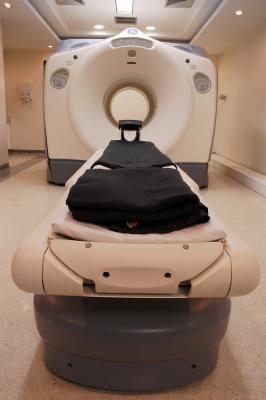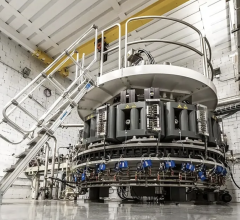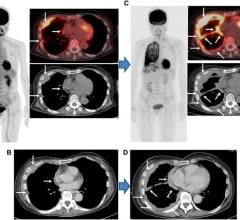
February 8, 2013 — While amyloid imaging may now be most associated with detecting plaques in the brain, it has the potential to change the way cardiac amyloidosis is diagnosed. According to first-of-its-kind research published in the February issue of The Journal of Nuclear Medicine, positron emission tomography (PET) with 11-C PIB can positively visualize amyloid deposits in the heart. Currently there is no noninvasive test available for specific diagnosis.
Cardiac amyloidosis is a deadly disorder caused by abnormal amyloid deposits in the heart tissue. Early diagnosis before structural change to the heart tissue has occurred is important for disease prognosis and for treatment monitoring. Currently echocardiography is the mainstay of imaging in cardiac amyloidosis; a cardiac biopsy is used to confirm diagnosis.
“Imaging with 11-C PIB provides a non-invasive and specific means of showing distribution of amyloid in an organ. This gives a unique opportunity to follow and monitor therapy, as amyloid deposits in the heart should decrease with successful therapy,” said Gunnar Antoni, Ph.D., lead author of the study “In Vivo Visualization of Amyloid Deposits in the Heart with 11-C PIB and PET.”
The study included 10 patients diagnosed with cardiac amyloidosis and five healthy individuals. PET/computed tomography (CT) with 11C-PIB was used to visualize amyloid deposits in the heart and with 11C-acetate to measure myocardial blood flow.
Uptake of 11-C PIB was measured 15-25 minutes after injection. Obvious uptake of 11-C PIB was noted in the left ventricle wall of all patients with cardiac amyloidosis, while no uptake was seen in the healthy volunteers. In half of the patients, 11-C PIB was also detected in the right ventricle wall, and nine of the patients had signs of reversible uptake, with a maximum concentration at 10-15 minutes after injection. Myocardial blood flow was significantly lower in patients with cardiac amyloidosis; however, no significant correlation between myocardial blood flow and 11-C PIB uptake was found.
“This study emphasizes the strength of molecular imaging for detecting an underlying and significant molecular aberration in a disease that presents with unspecific symptoms and signs,” noted Antoni. “The potential for molecular imaging to provide valuable information for other diseases is of great value to the field of medicine.”
For more information: jnm.snmjournals.org


 July 30, 2024
July 30, 2024 








